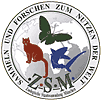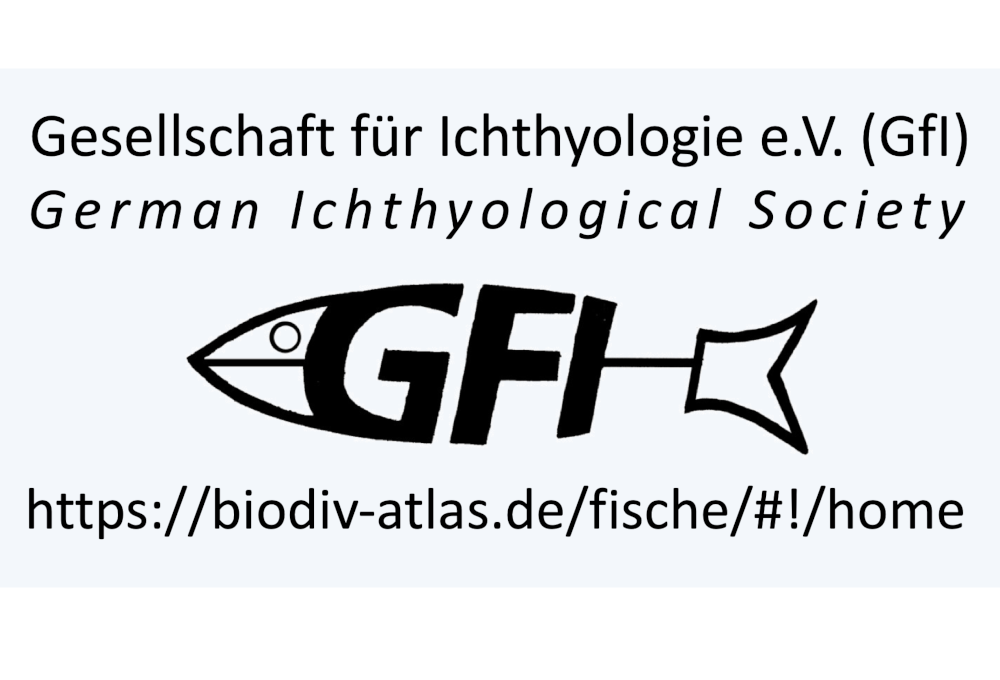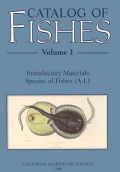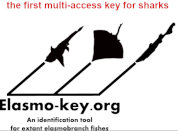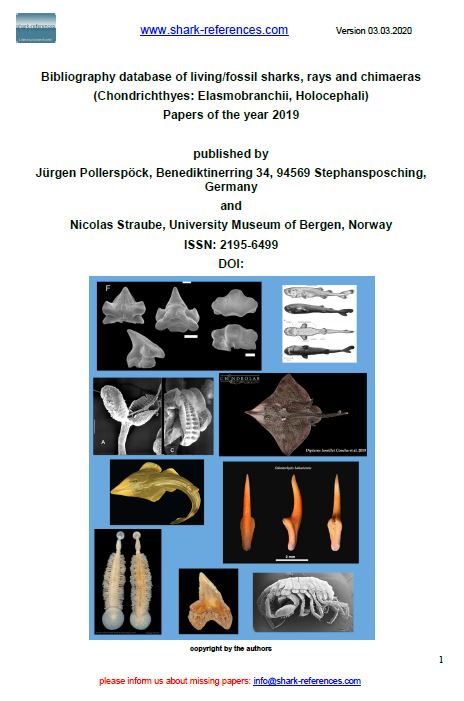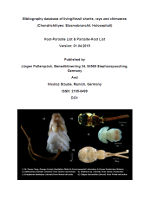Can biochemical tracers reveal ontogenetic trophic shift and individual prey selection in white sharks from Guadalupe Island, Northeast Pacific? Environmental Research, 262, Article 119507
DOI: 10.1016/j.envres.2024.119507

Do marine protected areas influence mercury exposure? Insights from a shark community in the tropical Northeast Pacific. Environmental Pollution, 336, Article 122352
DOI: 10.1016/j.envpol.2023.122352

Foraging plasticity diversifies mercury exposure sources and bioaccumulation patterns in the world's largest predatory fish. Journal of Hazardous Materials, 425, Article 127956
DOI: 10.1016/j.jhazmat.2021.127956

Regional philopatry of scalloped hammerhead sharks (Sphyrna lewini) to nursery areas in the Mexican Pacific. Hydrobiologia, 849(14), 3083–3099
DOI: 10.1007/s10750-022-04880-2

Mercury stable isotopes suggest reduced foraging depth in oxygen minimum zones for blue sharks. Marine Pollution Bulletin, 181, Article 113892
DOI: 10.1016/j.marpolbul.2022.113892
